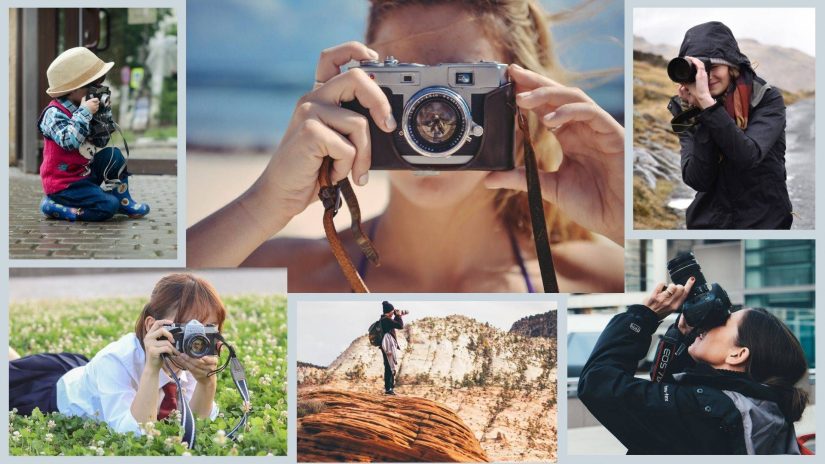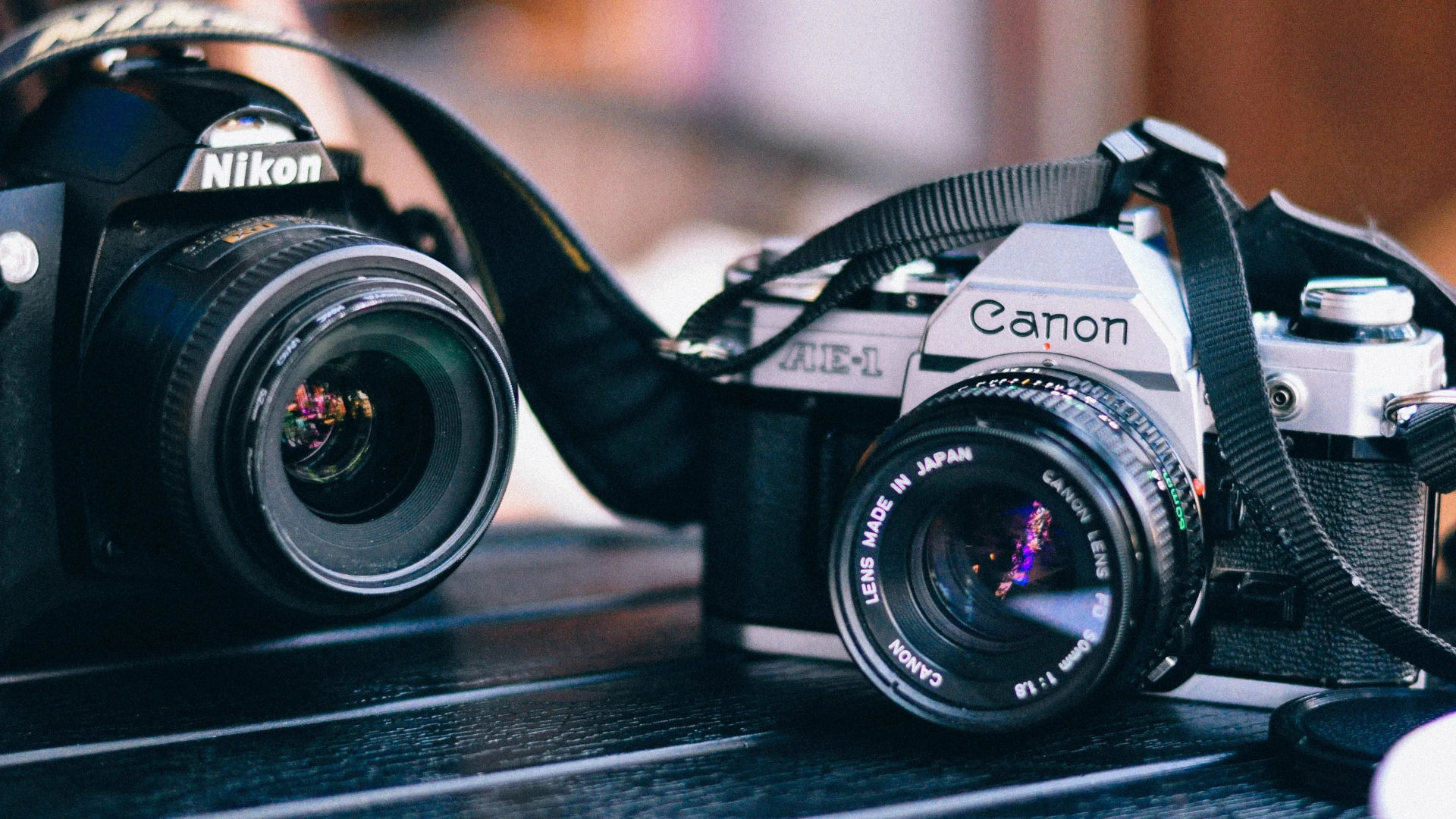The novice photographer is often faced with technical and creative challenges. Advice from professionals will help improve skills to create real works of photo art.
1. Exposure
The quality of a photo depends a lot on the level of light. You can never take a good picture in bad light. When the light passes through the camera lens, it hits the sensor. How the picture looks depends on 3 important parameters:
- It determines the amount of light that enters the lens and the depth of field. The lower the setting, the more light enters the frame.
- Light sensitivity. This parameter determines the sensitivity of the camera sensor to light. In low light, it is increased, but the image will become grainier.
- Shutter Speed. A measure of the period that the shutter is open. The longer the shutter speed, the more light is captured. It also affects the sharpness when taking pictures of moving objects. With a fast shutter speed, even fast-moving objects will be clear, while with a fast setting the image will be blurred.
The key to good pictures is to understand these three aspects of shooting, the vision of the frame and the choice of parameters depending on the situation.
2. Composition
The lack of composition immediately gives away amateurs. The simplest principle of composition implies conditional division of the frame with the help of two lines: horizontally and vertically. Important elements of the picture are placed along them or in the places where they intersect.
3. Perspective
The surest way to get an uninteresting photo is to shoot the subject from eye level. To create a really interesting photo, you can simply change the angle of view. To do this, you need to change the following shooting options:
- altitude – to get closer or farther away from the ground;
- distance – move farther away, or on the contrary, get closer;
- angle – to shoot straight ahead or from the side.
4. Shoot often.
Only constant practice will allow you to achieve perfection. You should be prepared that the first pictures will be uninteresting and not of the best quality. You may have to take thousands of pictures before you get a masterpiece. But each photo is one step closer to master level. Practice will allow you to thoroughly explore the capabilities of your equipment and understand how different shooting parameters affect the result.
5. Processing
Often, processing refers to radically reprocessing the original image with a variety of tools. Some photographers neglect retouching, preferring “natural” photos. Processing is not always about images taken with photoshop. Makeup is the same as retouching. Makeup can be used to ruin the look or to accentuate the best features. So, too, processing can be subtle and stylish, emphasizing only what is captured in the picture. Don’t neglect the use of retouching! Otherwise, when you look at your photos, you’ll get a feeling of incompleteness.


